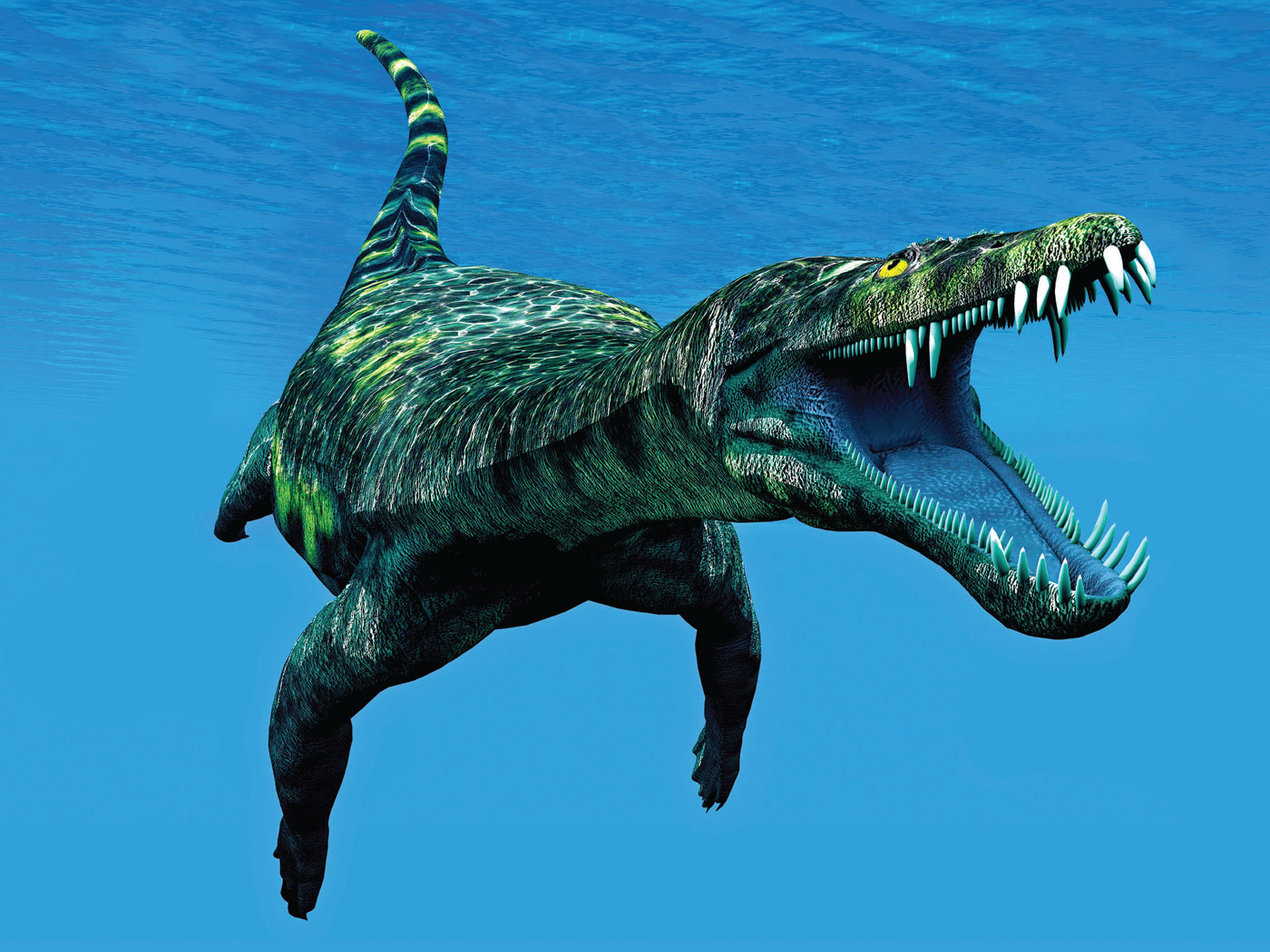by Timothy L. Clarey, Ph.D., and Jeffrey P. Tomkins, Ph.D.
In Creation Research Society Quarterly 53 (2): 110-122
The hypothesis of an extinct pre-Flood floating-forest ecosystem has been promoted in the creationist literature for several decades and used as an explanation for the massive Carboniferous coal beds. How ever, it was recently shown that the idea sharply conflicts with both the available geological data and timing of global coal deposits and with the necessary hydrological criteria to sustain a freshwater lens. In this report, we present additional evidence negating the floating-forest hypothesis based on a well-preserved in situ lycopod biome known as the “Fossil Grove” in Glasgow, Scotland. This site reveals relatively equidistant-spaced trees at the same stratigraphic level that would typically occur in a forest ecosystem. The fossilized trees have downward penetrating roots within a lithified clay-rich soil in the same ecological schema as modern-day lowland/swamp trees. In addition, we present evidence that conflicts with the speculation by some creationists that both the aerial trunks and stigmarian roots of lycopods were hollow, a feature required to reduce weight and make the floating forest tenable. Based on data presented in this paper, combined with that given in a previous report, we strongly recommend that the floating-forest hypothesis be abandoned by the creationist community.
Click here to read the full article text.






